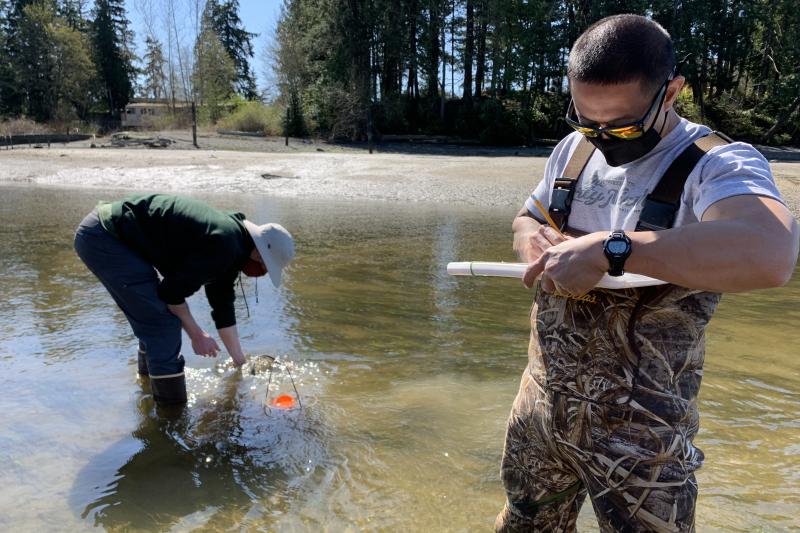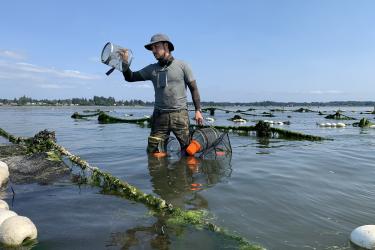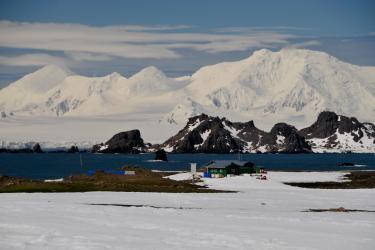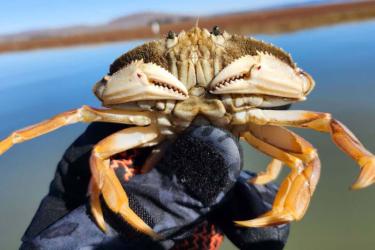The NOAA Veterans Corps provides opportunities for military veterans to build their skills and work experience contributing to habitat and fisheries restoration projects.
Through strong partnerships, the months- to years-long paid training program for veterans includes marine and freshwater restoration for native fish and other natural resources. Veterans Corpsmembers’ experiences can also include:
- Researching the effects of climate change on marine invertebrates
- Tracking the status of habitat restoration projects and fish populations
- Helping control invasive marine species
These efforts are helping a variety of threatened and endangered species recover, including:
Here are a few key metrics to help understand the NOAA Veterans Corps partnership’s impact as of 2021.
Snapshot of Veterans Corps on the West Coast
- 9 years: Established in California in 2012, NOAA Veterans Corps partnerships have grown ever since.
- 3 states: We now have veterans corps in California, Oregon and Washington. Each state has a unique experience for veterans, with different levels of field, research and community outreach opportunities to help prepare them for longer-term careers in resource management.
- 25+ partners: Throughout those states, we’re working with multiple NOAA offices, non-profits, and federal and state agency partners to help shape the unique veterans corps experiences. Not included in this number are the various others who host corps members for specific assignments or other experiences.
- 60+ veterans: In 2021, we have 14 veterans participating, and 66 have participated since the partnerships started in 2012. Many of these veterans furthered their education and secured jobs in state and tribal natural resource agencies.
Focus on California, the First NOAA Veterans Corps
- 1 partner expansion: The Mount Adams Institute, a partner in Oregon, placed a veteran in California this year.
- 6 centers: Through a key partnership with the California Conservation Corps, veterans are deployed to six centers across the state.
- 285 projects: As of mid-2021, veterans have supported nearly 300 restoration projects.
- 3,900 miles: Veterans corps participants have surveyed almost 4,000 miles of streams and rivers for fish in various stages of their lives. This work helps NOAA understand how our restoration projects are performing.
- 300 miles: They’ve also mapped out hundreds of miles of stream and river habitat to help understand where to focus future restoration efforts.
- 770,960 gallons: Veterans corps efforts are also conserving hundreds of thousands of gallons of water each year in drought-prone California. Their projects are collecting agricultural runoff and reducing water use in Conservation Corps facilities. That’s more than enough to fill an Olympic-sized swimming pool!
We’d like to thank all veterans for their service to the nation. And on behalf of the nation’s valuable natural resources, a special thanks goes to those dedicating their post-military work restoring important habitat for endangered fish on the West Coast.
Video: Veterans Work to Restore Salmon Habitat




